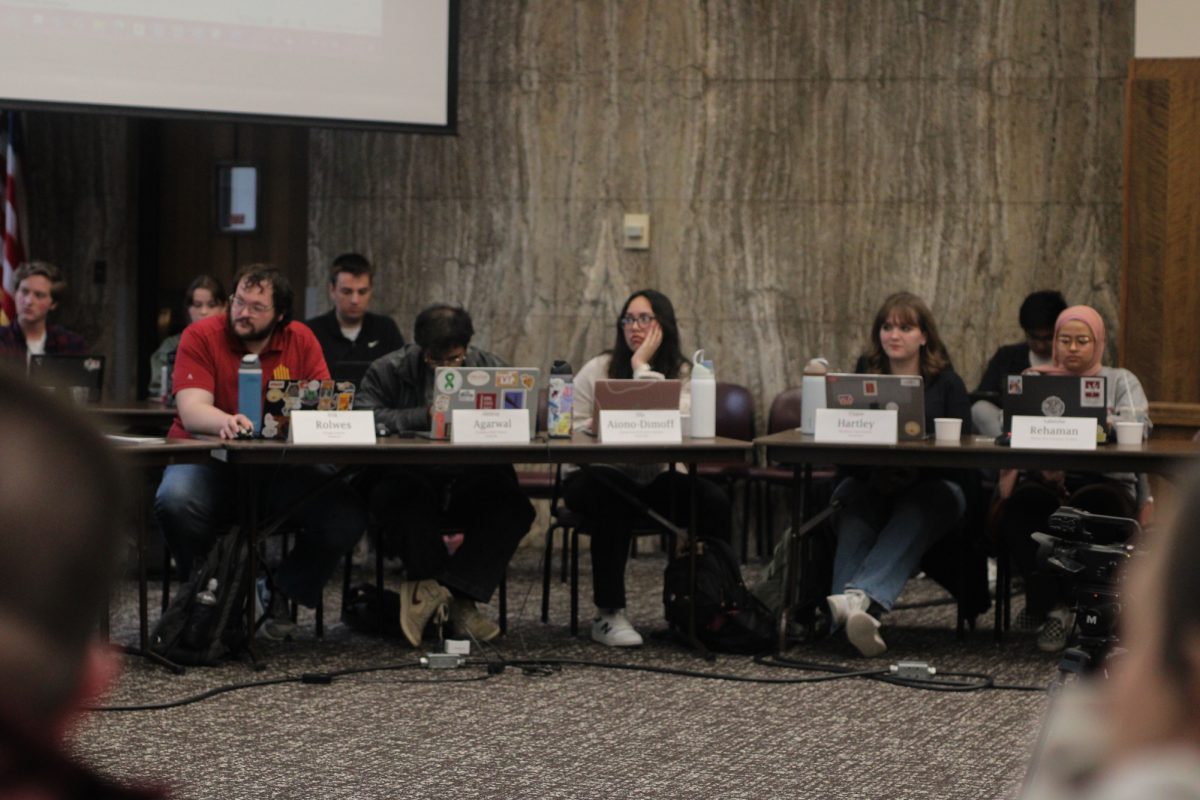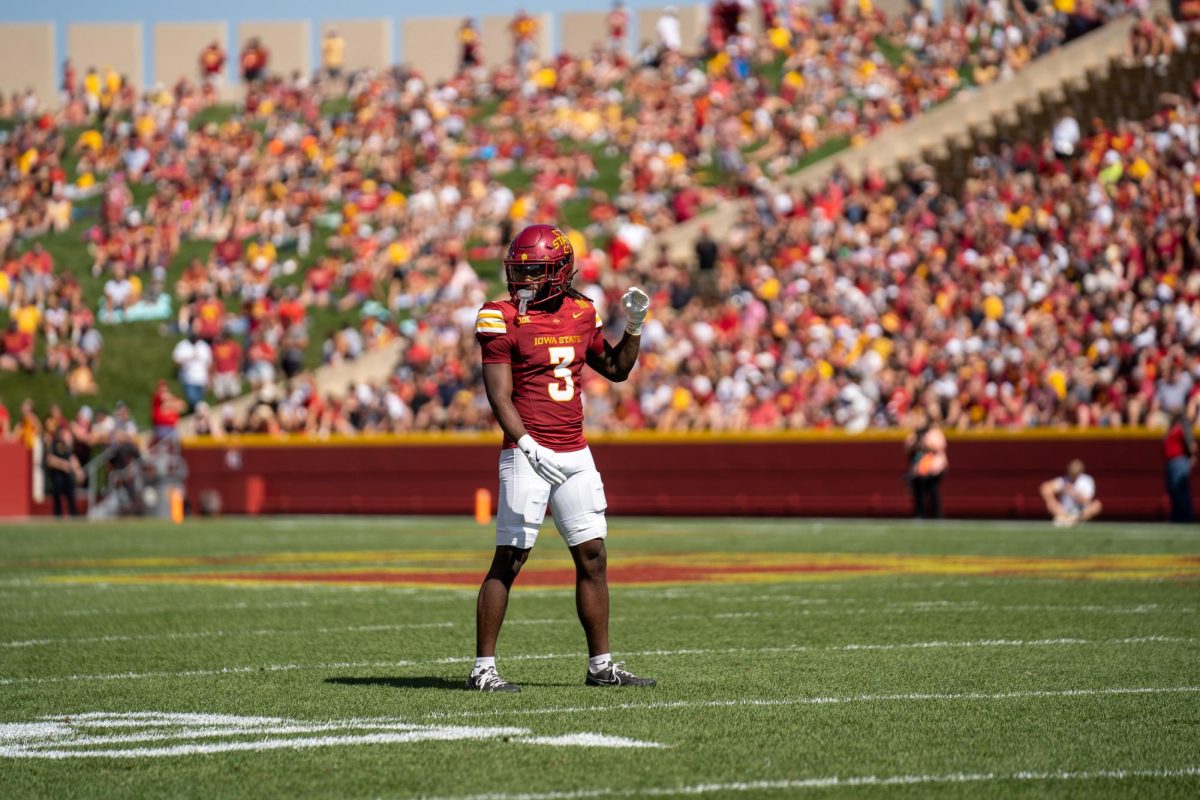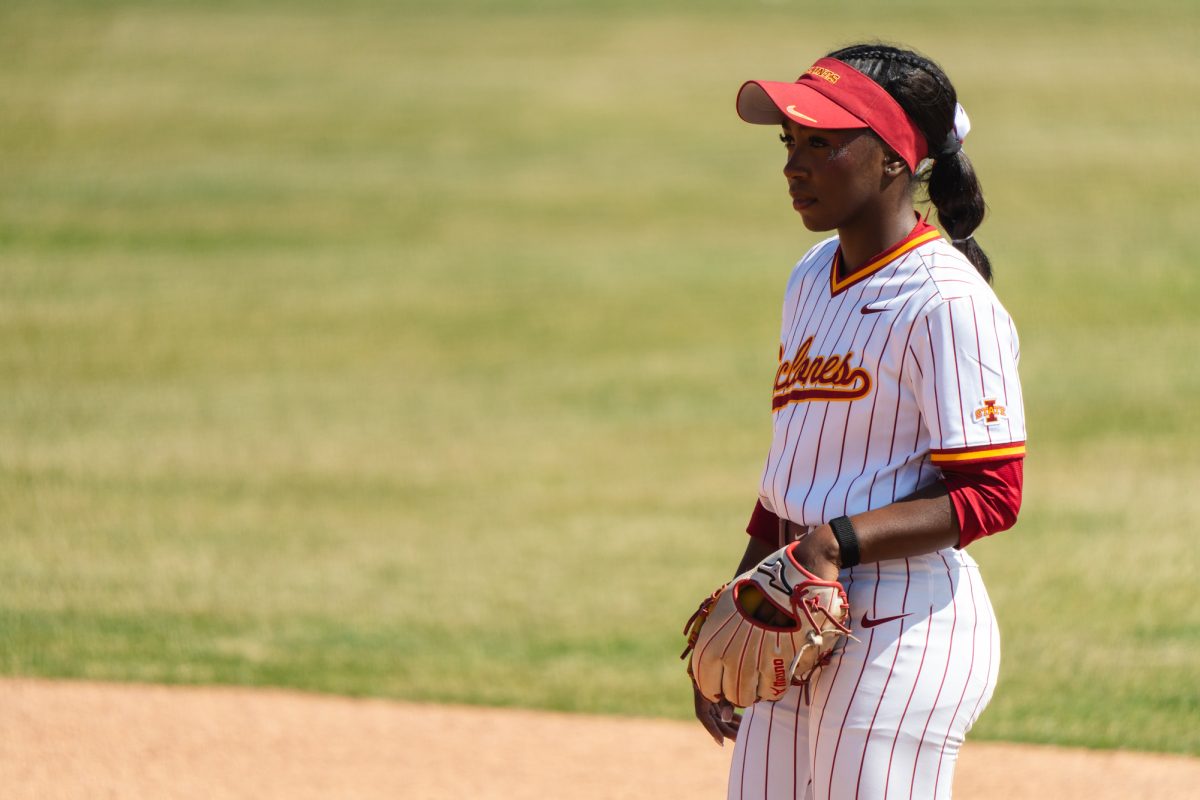‘Dangerous’ heat wave creeps east
July 18, 2011
The “dangerous” heat wave baking the central United States is expected to extend its reach eastward in the coming week, and ultimately cover most of the eastern part of the country, the National Weather Service said Monday.
“Heat index values in the triple digits are forecast across a large portion of the Midwest today, making it feel like 100 to 110 degrees or higher during the afternoon hours,” the weather service said Monday morning.
By midweek, the high pressure bringing the oppressive heat will expand eastward, bringing temperatures in the mid-90s to the Mid-Atlantic states “as early as Wednesday,” the weather service warned.
“Further out, this dome of high pressure is forecast to dominate most of the eastern and central U.S. — bringing excessive heat to much of the eastern half of the country except for the Northeast and southern Florida — through the end of next week.”
Much of middle America has been suffering with temperatures rivaling those in Death Valley for days.
On Sunday, the National Weather Service declared excessive heat warnings in at least 14 states, mostly in the upper Midwest. Several daily temperature records were broken — from Alpena, Minn., to Miami, Fla.
“Heat index values” — how hot it feels outside — have been running over 125 degrees in the worst-hit areas. The scale designed to describe how intense heat feels also includes factors such as humidity.
“This is the hottest it’s been for the longest period of time,” said Emily McNamara from Sioux Falls, S.D., where the temperatures were expected to hover in the mid-90s through the middle of the week.
Extreme heat is forecast to bear down on the eastern United States by the end of this week.
Jacob Beitlich, a Des Moines-based meteorologist for the National Weather Service, said that two factors contribute to make this current heat wave especially dangerous: the lack of a significant drop in temperatures overnight to allow people’s bodies to cool down and relatively high humidity, which makes it feel appreciably hotter than the thermostat may indicate.
In Iowa, for instance, he noted that the impact of mid-90s temperatures have been compounded by relatively high dew points in the upper 70s and low 80s. These combine to make the heat index spike so that it feels as hot as 126 degrees, according to the Weather Service.
“That takes a toll on your body,” Beitlich explained. “When it’s more humid, it’s more difficult to cool down from sweating.”
The National Weather Service notes that typically extreme heat is the biggest weather-related killer in the United States, taking about 115 lives each year. That’s why it and other government agencies urge people to minimize their time outdoors in periods of extreme heat, drink plenty of fluids, and keep especially close tabs on the elderly and young people.
In Missouri scores of cooling centers have been established in libraries, senior centers, schools and other sites around the state to help deal with continuously high temperatures.
At Target Field in Minneapolis, Minnesota Twins supporters stood in long lines to get water from coolers, used spray fans, wrapped wet towels on their head during a Sunday game — anything to keep cool.
“It is blistering out,” said one fan, Jeff Ferris. “Brutal. I’ve probably lost 10 pounds today — it’s crazy.”
While the recent stretch has been particularly difficult, it’s all part of what’s been a continuously long, hot and in many cases dry summer in numerous locales. The weather service indicates that Oklahoma, for instance, already has had 27 days this year in which the temperature surpassed 100 degrees.
Not everyone in the region sweated it out though this weekend. McNamara notes that the Wild West Waterpark, where she is aquatic manager, has had “record-breaking days in terms of attendance” in recent days, with several thousand flooding in to get wet and beat the heat.
“It’s awesome,” she said. “You see people coming out having fun. It makes for a fast day.”
CNN’s Ted Rowlands and Jacqui Jeras contributed to this report.






